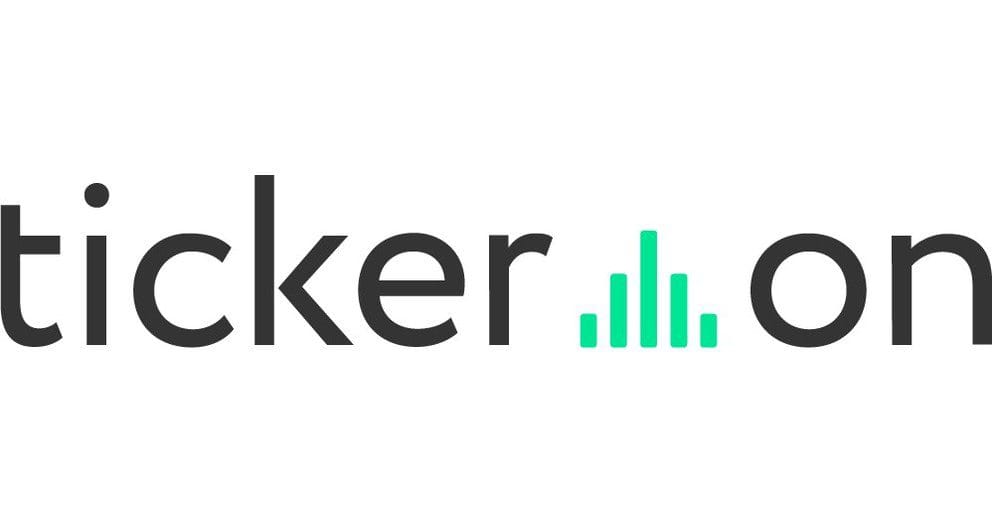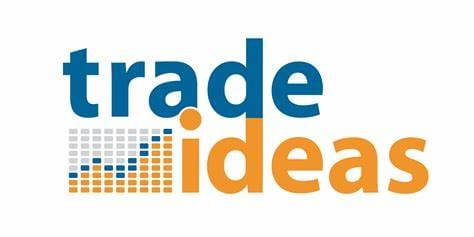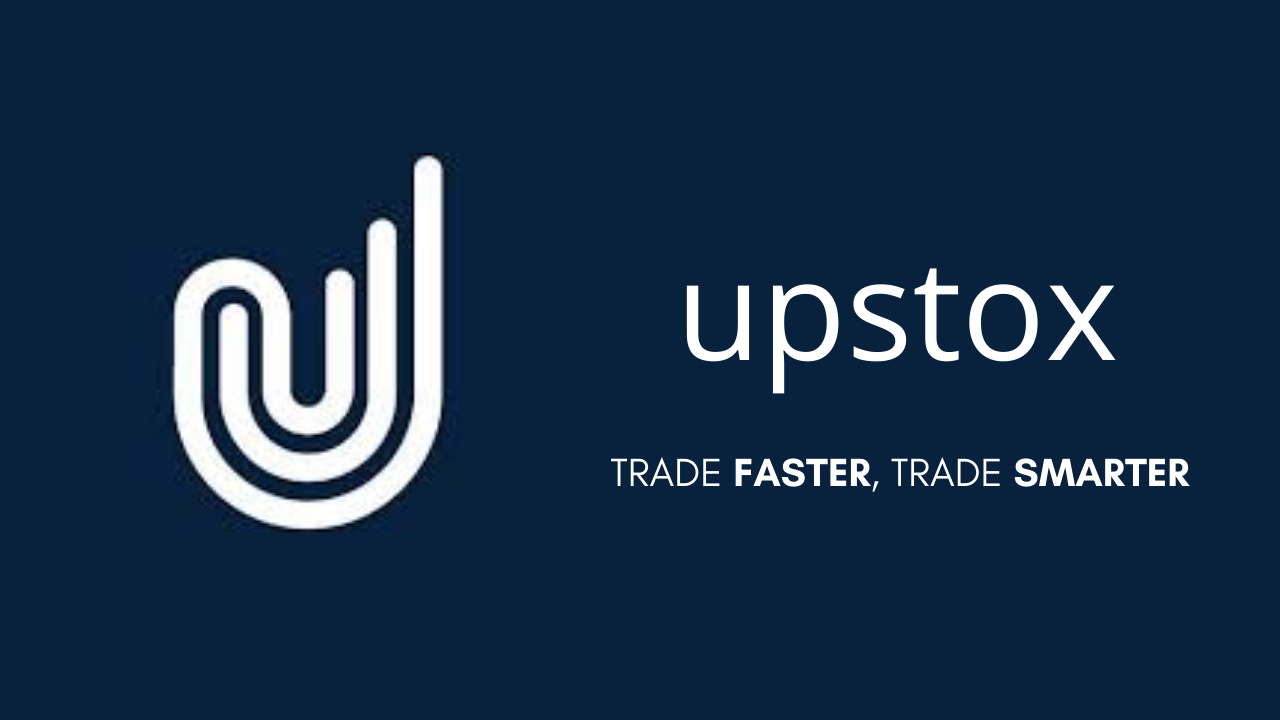4 min to read
Best AI Tools For Stock Market Investment
The application of Artificial Intelligence (AI) in financial markets has significantly altered traditional investment methodologies. By leveraging sophisticated machine learning models and algorithmic processing, AI tools provide investors with nuanced insights, predictive analytics, and automated execution strategies. This article critically examines the most advanced AI-driven stock market investment platforms, delineating their core functionalities, advantages, and suitability for diverse in
The application of Artificial Intelligence (AI) in financial markets has significantly altered traditional investment methodologies. By leveraging sophisticated machine learning models and algorithmic processing, AI tools provide investors with nuanced insights, predictive analytics, and automated execution strategies.
This article critically examines the most advanced AI-driven stock market investment platforms, delineating their core functionalities, advantages, and suitability for diverse investor profiles.
Theoretical Foundations of AI in Financial Markets
AI in stock trading encapsulates a range of algorithmic processes designed to analyze vast datasets, extrapolate trends, and automate decision-making. The integration of AI into financial markets provides distinct benefits, including:
- Quantitative Data Processing: AI systems evaluate expansive datasets with computational efficiency, revealing latent market patterns beyond the scope of human analysis.
- Predictive Analytics: AI models generate market forecasts based on historical and real-time data, enhancing the decision-making framework for traders.
- Algorithmic Execution: AI-driven trading platforms minimize cognitive biases, optimize order execution, and facilitate high-frequency trading strategies.
Classification of AI Trading Technologies
AI trading platforms can be stratified based on their primary analytical approach:
- Technical Analysis Systems: These tools interpret price movements and technical indicators (e.g., moving averages, RSI) to formulate trading signals.
- Fundamental Analysis Platforms: These systems incorporate corporate financial statements, macroeconomic indicators, and sentiment analysis to assess investment opportunities.
- Hybrid AI Models: A synthesis of technical and fundamental methodologies, these platforms offer a comprehensive analytical framework.
Comparative Evaluation of Leading AI Trading Platforms
1. Tickeron

Tickeron employs AI-driven predictive models to generate market insights, making it particularly valuable for algorithmic and discretionary traders alike.
Key Features:
- AI-powered real-time trading signals
- Autonomous portfolio management
- Market trend forecasting
- User-defined confidence thresholds for signal verification
Evaluation:
- Strengths: Accessible for both novice and expert investors; free-tier availability; real-time analytics.
- Limitations: Advanced functionalities necessitate a subscription; restricted charting flexibility.
- Pricing: Free tier available; premium plans commence at $60 annually.
2. Trade Ideas

This platform specializes in market surveillance and AI-driven opportunity identification, serving as an adjunct to manual trading strategies.
Key Features:
- Dynamic real-time market scanning
- Algorithmically backtested trading strategies
- Customizable notification alerts
- Direct integration with brokerage platforms
Evaluation:
- Strengths: Adaptable to varied trading methodologies; strong brokerage compatibility.
- Limitations: Not a fully autonomous trading bot; requires manual trade execution.
- Pricing: Plans begin at $127 per month.
3. TradingView

A highly adaptable analytical platform, TradingView enables traders to implement custom strategies through advanced charting and scripting functionalities.
Key Features:
- Multi-dimensional charting with extensive technical indicators
- Proprietary scripting for bespoke strategy development
- Community-driven knowledge-sharing network
Evaluation:
- Strengths: Strong customization capabilities; community-based trading insights.
- Limitations: Demands technical expertise for optimal utilization.
- Pricing: Paid tiers start at $12.95 per month.
4. AlgoTrader

AlgoTrader caters to institutional and high-frequency traders, offering a sophisticated framework for algorithmic trading.
Key Features:
- Multi-asset trading support
- High-frequency trading optimization
- Historical backtesting capabilities
- Advanced risk mitigation mechanisms
Evaluation:
- Strengths: Extensive customization and automation; mitigates human error in trade execution.
- Limitations: Requires proficiency in programming for maximal effectiveness.
- Pricing: Subscription-based model with an initial trial option.
5. Kavout

Kavout employs AI-based portfolio management strategies, catering to institutional and long-term investors.
Key Features:
- AI-curated trading signals
- Advanced portfolio analytics
- Seamless integration with external trading platforms
Evaluation:
- Strengths: Free-tier accessibility; robust equity evaluation metrics.
- Limitations: Primarily designed for institutional applications.
- Pricing: Subscription plans begin at $20 per month.
6. Upstox

A prominent brokerage platform in India, Upstox incorporates AI-enhanced market analytics to streamline investment decisions.
Key Features:
- AI-based stock screening for technical and fundamental analysis
- Real-time portfolio optimization insights
Evaluation:
- Strengths: Intuitive interface; comprehensive analytical tools.
- Limitations: Regional availability constraints.
- Pricing: Advanced AI tools may entail additional costs.
Analytical Framework for Selecting AI Investment Tools
Investors must align their selection of AI trading platforms with specific criteria, including:
- Investor Expertise: Platforms such as Tickeron facilitate novice engagement, whereas TradingView and AlgoTrader cater to advanced users.
- Strategic Objectives: Day traders may derive maximal benefit from real-time analytics (e.g., Trade Ideas), while long-term investors may prefer algorithmic solutions such as Kavout.
- Cost Considerations: Free-tier access varies across platforms, with some requiring substantial financial commitments.
- Asset Class Specialization: Multi-asset traders may find AlgoTrader particularly advantageous.
- Customization Potential: Platforms with scripting capabilities (e.g., TradingView) allow for enhanced strategic control.
Critical Considerations in AI-Driven Trading
While AI introduces a paradigm shift in trading strategies, the following aspects warrant consideration:
- Feature Limitations in Free Versions: Free tiers often restrict access to essential analytical functionalities.
- Risk Management: AI execution necessitates predefined risk parameters to mitigate excessive losses.
- Market Volatility Sensitivity: Historical data models may not adequately predict exogenous market shocks.
- Continuous Algorithmic Adaptation: AI systems evolve over time, necessitating iterative strategy optimization.
- Regulatory Compliance: AI-driven trading must adhere to jurisdiction-specific financial regulations.
Future Trajectories of AI in Financial Markets
The ongoing evolution of AI in trading is likely to yield:
- Refined Predictive Models: Enhanced algorithmic precision through deep learning advancements.
- Automated Market Participation: Seamless AI integration with brokerage systems for autonomous trading.
- Personalized Investment Strategies: AI-driven customization of trading approaches based on investor profiles.
Conclusion
AI trading tools have redefined the investment landscape, enabling data-driven decision-making, enhanced risk management, and automated execution strategies. A judicious selection of AI platforms, informed by an investor’s experience, strategy, and financial objectives, is imperative for maximizing investment efficacy.
🚀 Try Codersera Free for 7 Days
Connect with top remote developers instantly. No commitment, no risk.
Tags
Trending Blogs
Discover our most popular articles and guides
10 Best Emulators Without VT and Graphics Card: A Complete Guide for Low-End PCs
Running Android emulators on low-end PCs—especially those without Virtualization Technology (VT) or a dedicated graphics card—can be a challenge. Many popular emulators rely on hardware acceleration and virtualization to deliver smooth performance.
Android Emulator Online Browser Free
The demand for Android emulation has soared as users and developers seek flexible ways to run Android apps and games without a physical device. Online Android emulators, accessible directly through a web browser.
Free iPhone Emulators Online: A Comprehensive Guide
Discover the best free iPhone emulators that work online without downloads. Test iOS apps and games directly in your browser.
10 Best Android Emulators for PC Without Virtualization Technology (VT)
Top Android emulators optimized for gaming performance. Run mobile games smoothly on PC with these powerful emulators.
Gemma 3 vs Qwen 3: In-Depth Comparison of Two Leading Open-Source LLMs
The rapid evolution of large language models (LLMs) has brought forth a new generation of open-source AI models that are more powerful, efficient, and versatile than ever.
ApkOnline: The Android Online Emulator
ApkOnline is a cloud-based Android emulator that allows users to run Android apps and APK files directly from their web browsers, eliminating the need for physical devices or complex software installations.
Best Free Online Android Emulators
Choosing the right Android emulator can transform your experience—whether you're a gamer, developer, or just want to run your favorite mobile apps on a bigger screen.
Gemma 3 vs Qwen 3: In-Depth Comparison of Two Leading Open-Source LLMs
The rapid evolution of large language models (LLMs) has brought forth a new generation of open-source AI models that are more powerful, efficient, and versatile than ever.